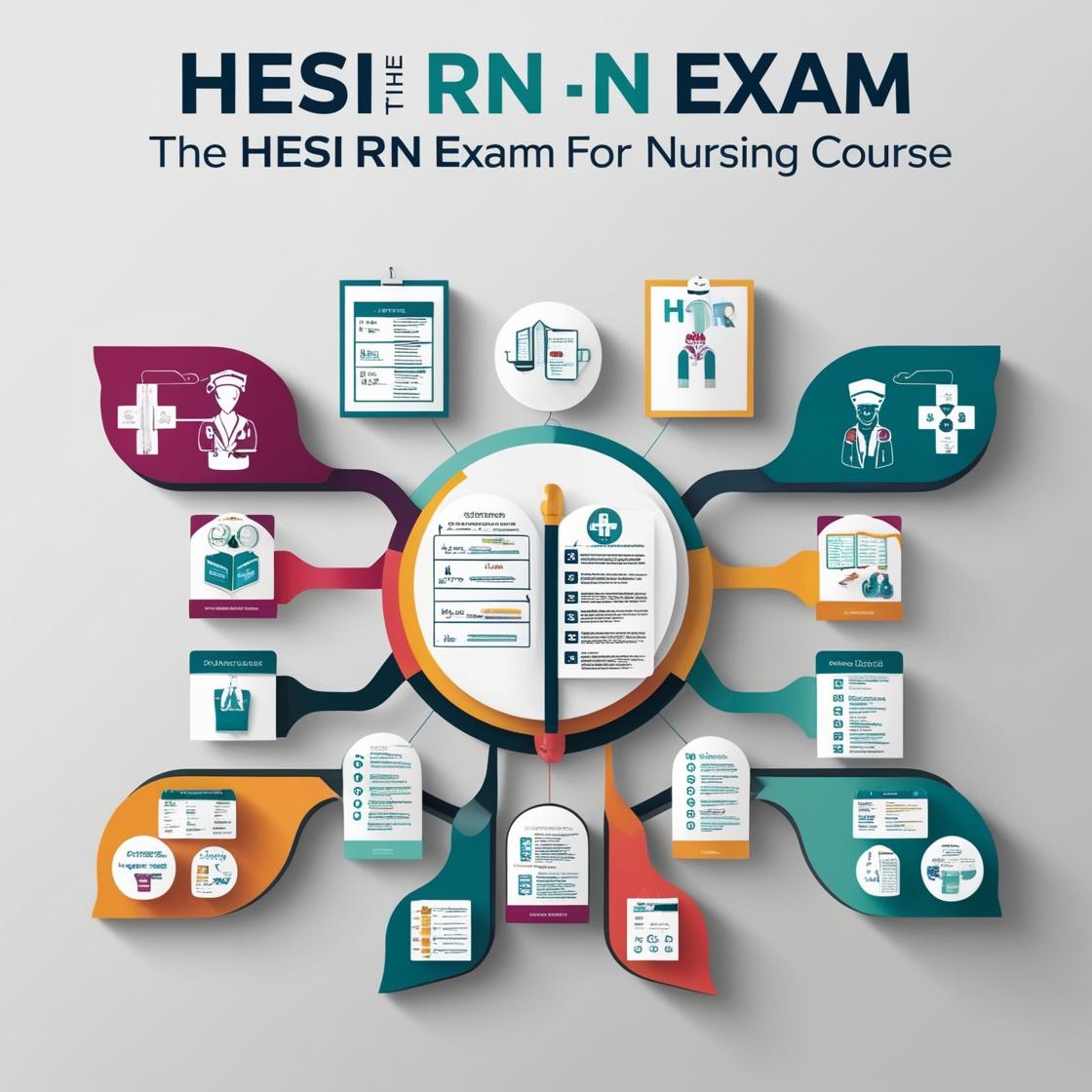HESI RN
Biology Test
1. During photosynthesis in green plants, light energy is captured and used to convert all except which of the following into oxygen and energy-rich organic compounds?
- A. Minerals
- B. Water
- C. Carbon dioxide
- D. Metals
Correct answer: D
Rationale: During photosynthesis in green plants, light energy is utilized to convert water and carbon dioxide into oxygen and energy-rich organic compounds like glucose. Minerals play a role in plant growth but are not directly converted during photosynthesis. Metals are not part of the photosynthesis process, making them the correct answer. Therefore, the correct choice is D. Choices A, B, and C are incorrect as minerals, water, and carbon dioxide are involved in the photosynthesis process.
2. Which of the following molecules acts as the genetic code's messenger?
- A. RNA
- B. Proteins
- C. DNA
- D. Carbohydrates
Correct answer: A
Rationale: The correct answer is RNA. RNA, particularly mRNA, serves as the messenger that carries genetic information from DNA to the ribosome, where proteins are synthesized. Proteins (choice B) are not the genetic code's messenger; they are synthesized based on the information carried by RNA. DNA (choice C) stores the genetic information but does not directly act as the messenger. Carbohydrates (choice D) are not involved in transmitting genetic information.
3. Which of the following correctly identifies the two types of cells?
- A. Mitosis and meiosis
- B. Mitochondrion and chloroplast
- C. Genotype and phenotype
- D. Prokaryotic and eukaryotic
Correct answer: D
Rationale: The correct answer is D: Prokaryotic and eukaryotic. Cells are classified into two major types: prokaryotic, which lack a nucleus, and eukaryotic, which have a defined nucleus and other membrane-bound organelles. Choice A, mitosis and meiosis, refers to cell division processes. Choice B, mitochondrion and chloroplast, are cell organelles involved in energy production and photosynthesis, respectively. Choice C, genotype and phenotype, relate to genetic characteristics and physical traits, not cell types.
4. What is the science of biological classification commonly called?
- A. Taxonomy
- B. Physiology
- C. Botany
- D. Zoology
Correct answer: A
Rationale: Taxonomy is the science of naming, defining, and classifying groups of biological organisms based on shared characteristics. Physiology (choice B) is the study of the functions and processes of living organisms, not classification. Botany (choice C) is the study of plants, while Zoology (choice D) is the study of animals. Therefore, the correct answer is Taxonomy (choice A).
5. Which of the following options correctly lists biology's hierarchical organizational system?
- A. Phylum, Kingdom, Class, Family, Order, Species, Genus
- B. Kingdom, Phylum, Class, Order, Family, Genus, Species
- C. Genus, Order, Kingdom, Class, Phylum, Species, Family
- D. Class, Phylum, Kingdom, Genus, Order, Family, Species
Correct answer: B
Rationale: The correct hierarchical organizational system in biology is Kingdom, Phylum, Class, Order, Family, Genus, and Species. This follows the mnemonic 'King Phillip Came Over For Good Soup.' Choice A is incorrect as it does not follow the correct hierarchical order. Choice C is incorrect as it starts with Genus, which is more specific and should come after Family. Choice D is incorrect as it does not follow the correct hierarchical order.
Similar Questions

Access More Features
HESI RN Basic
$69.99/ 30 days
- 50,000 Questions with answers
- All HESI courses Coverage
- 30 days access @ $69.99
HESI RN Premium
$149.99/ 90 days
- 50,000 Questions with answers
- All HESI courses Coverage
- 30 days access @ $149.99
